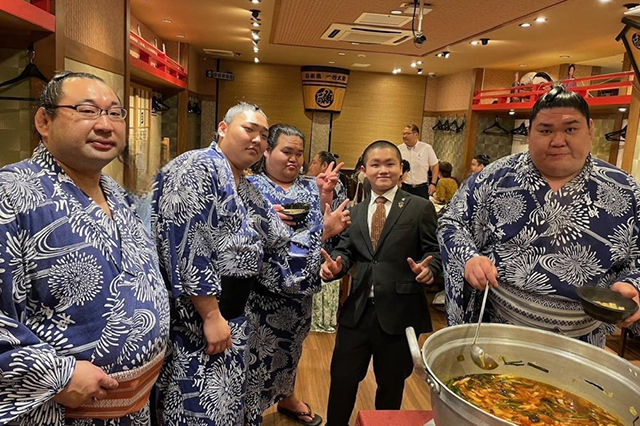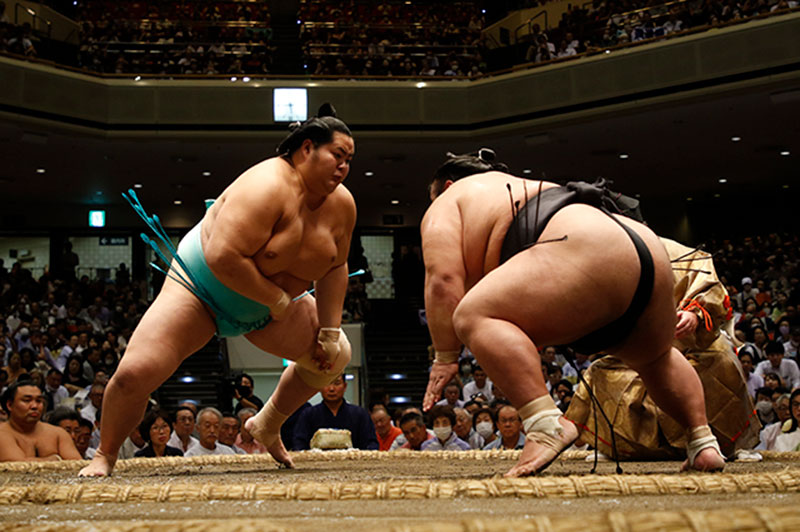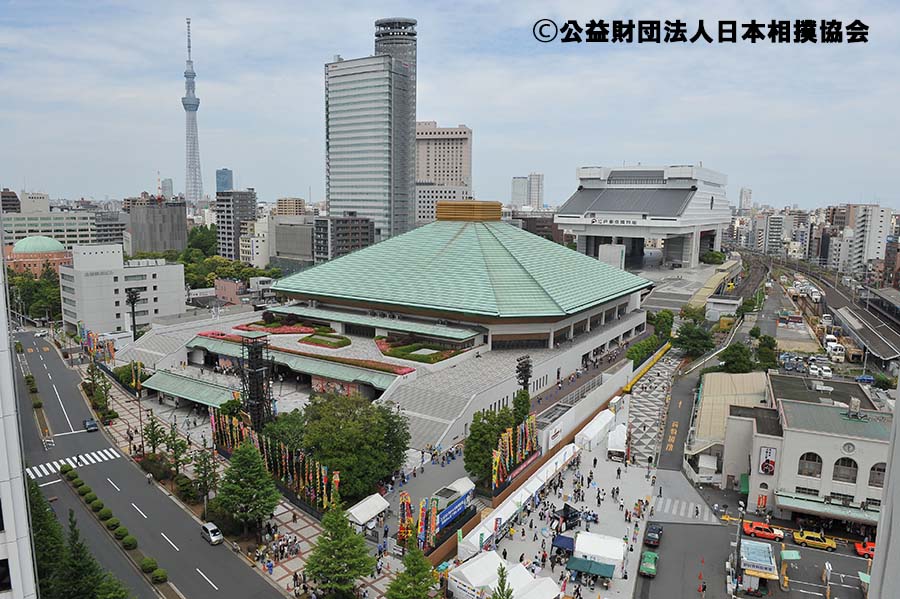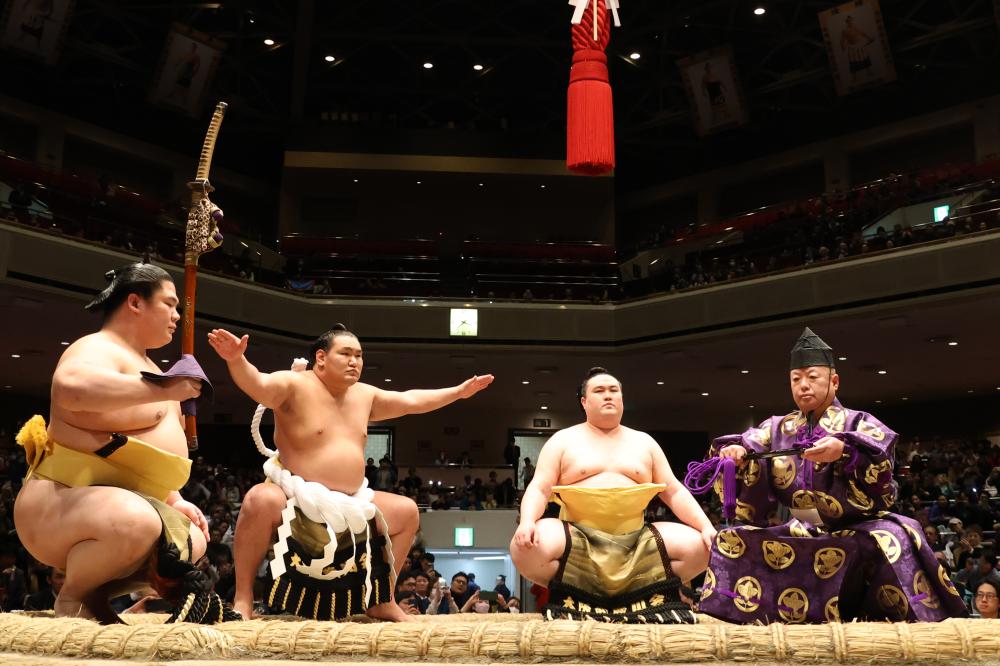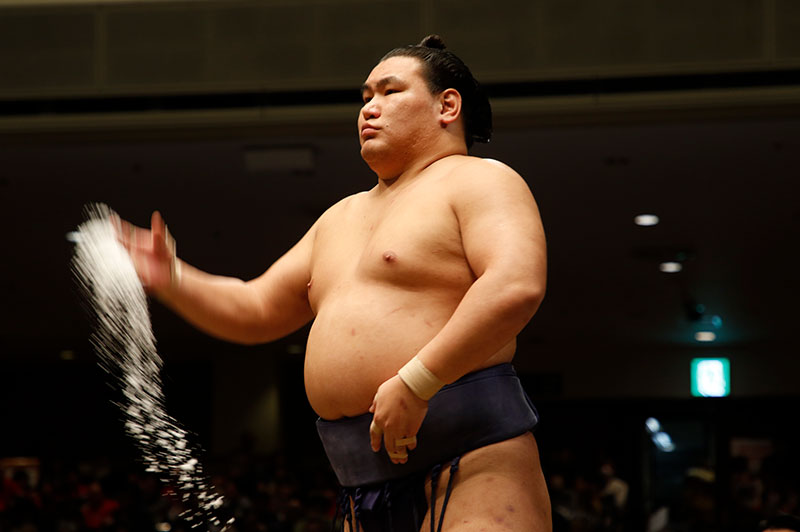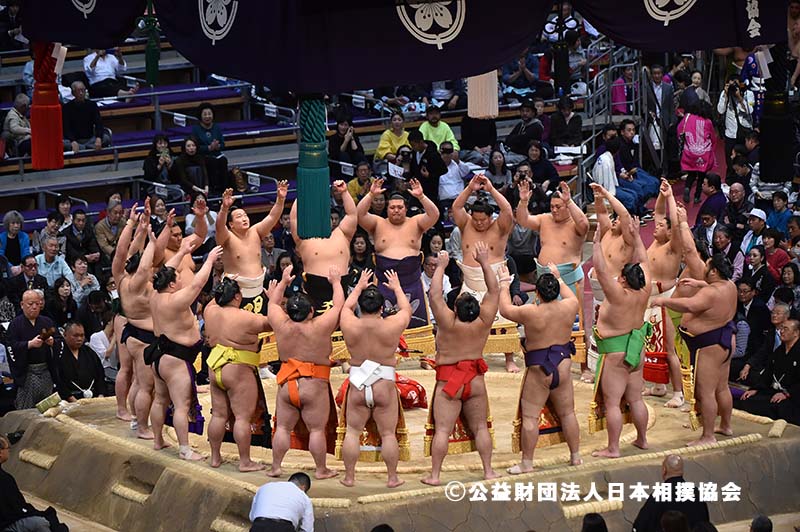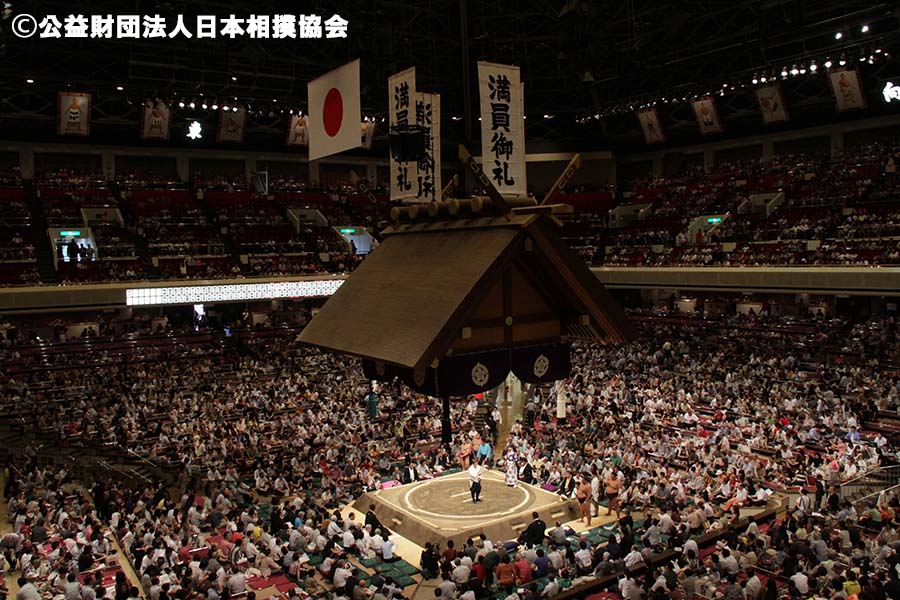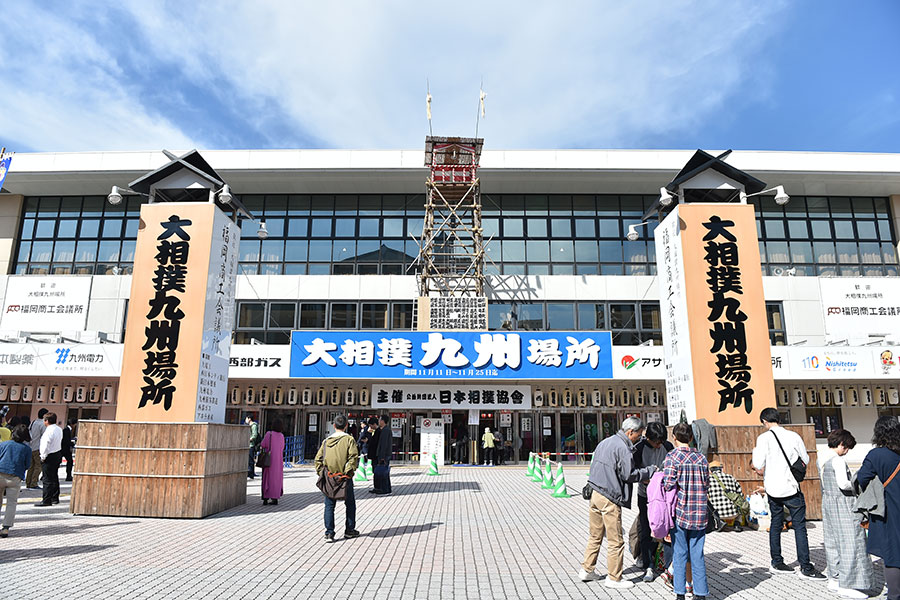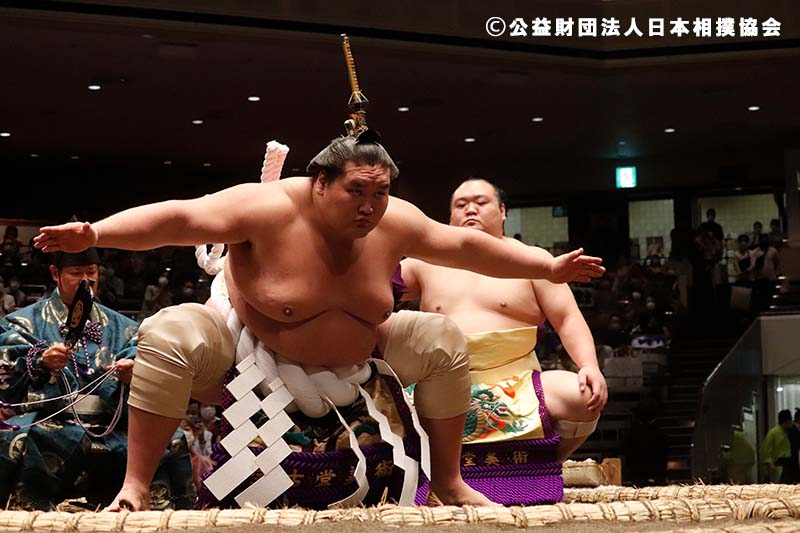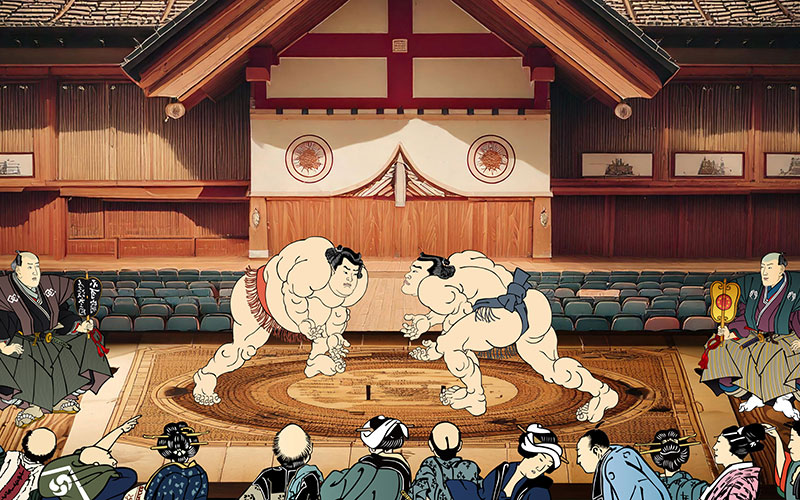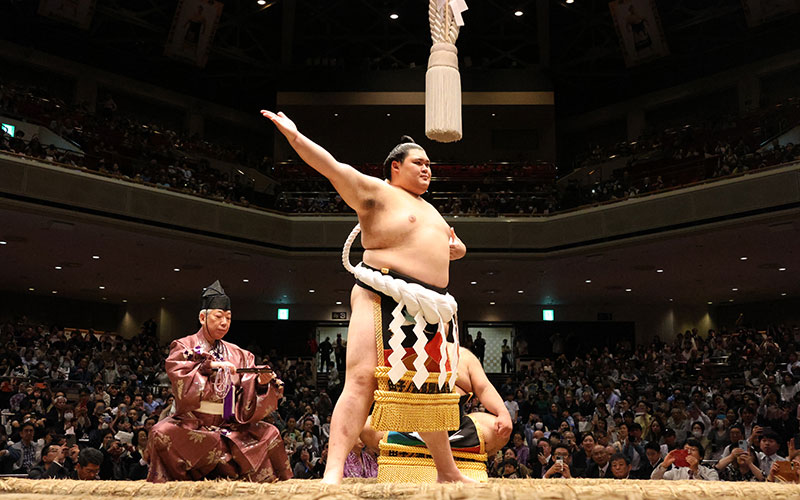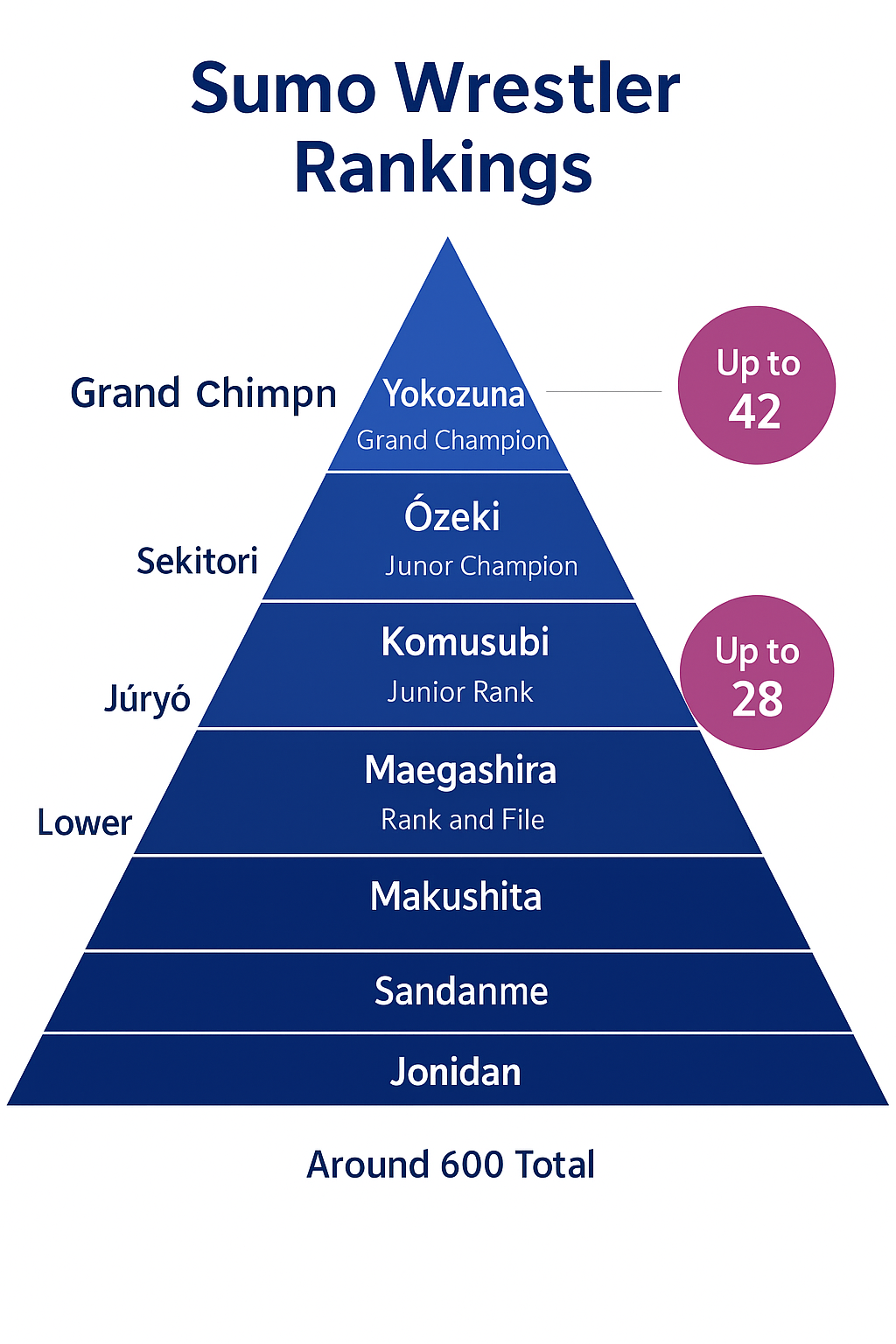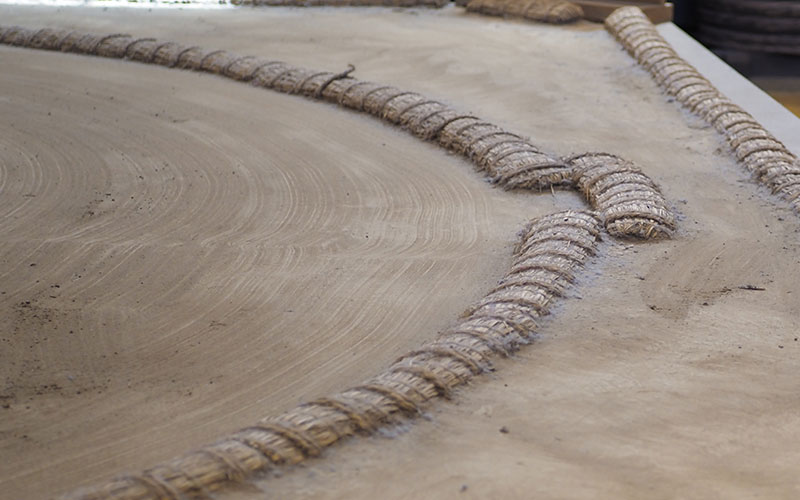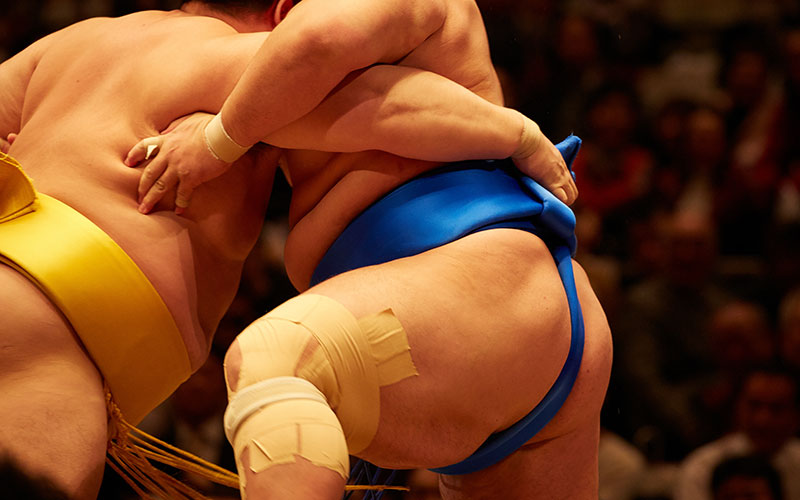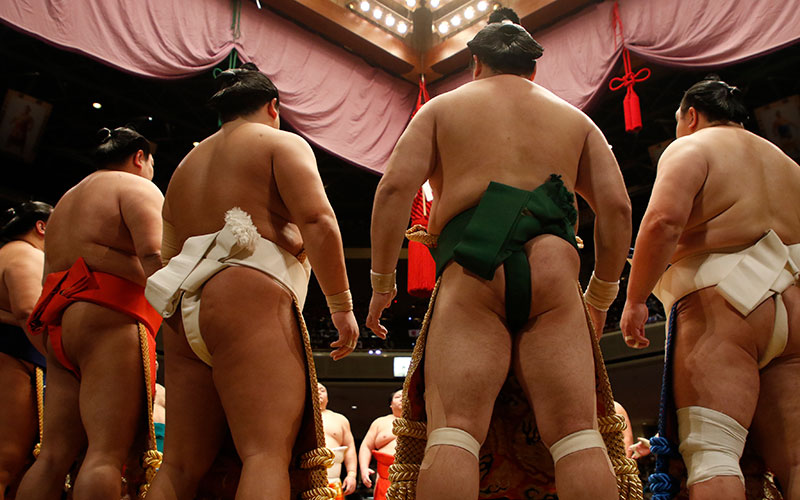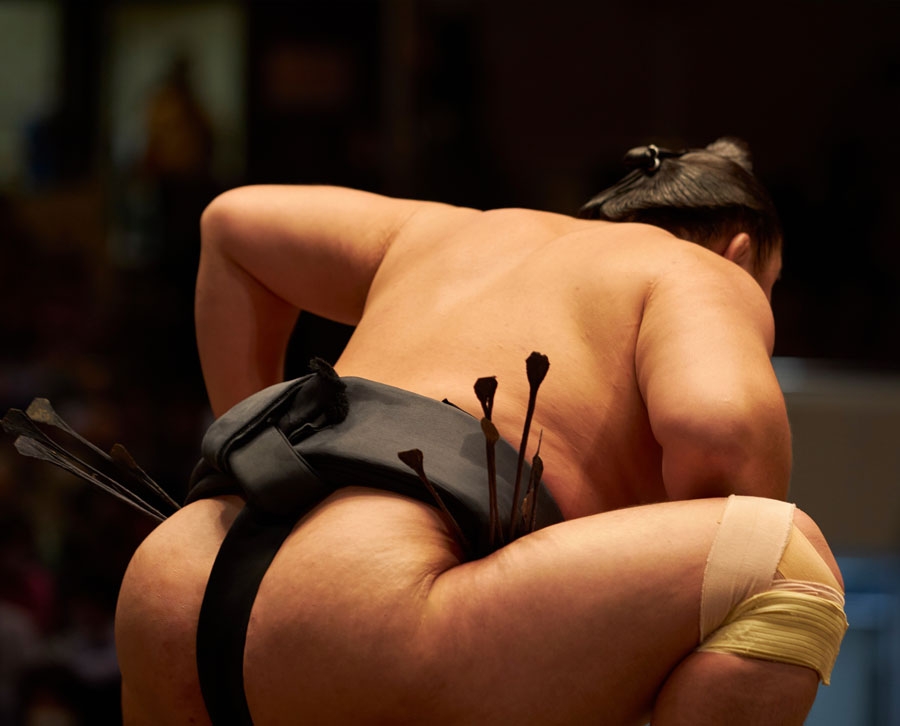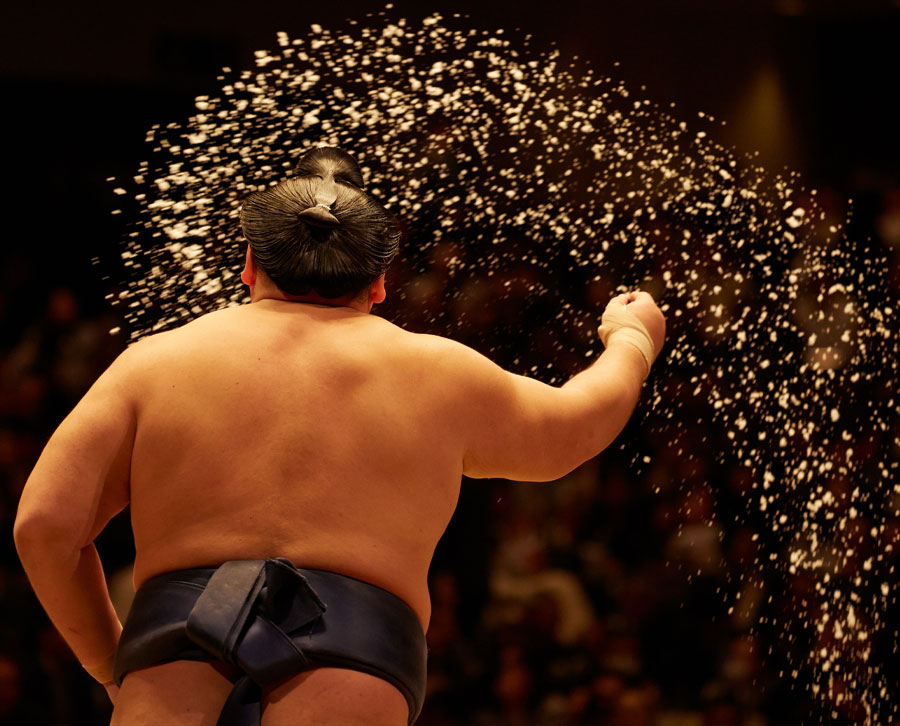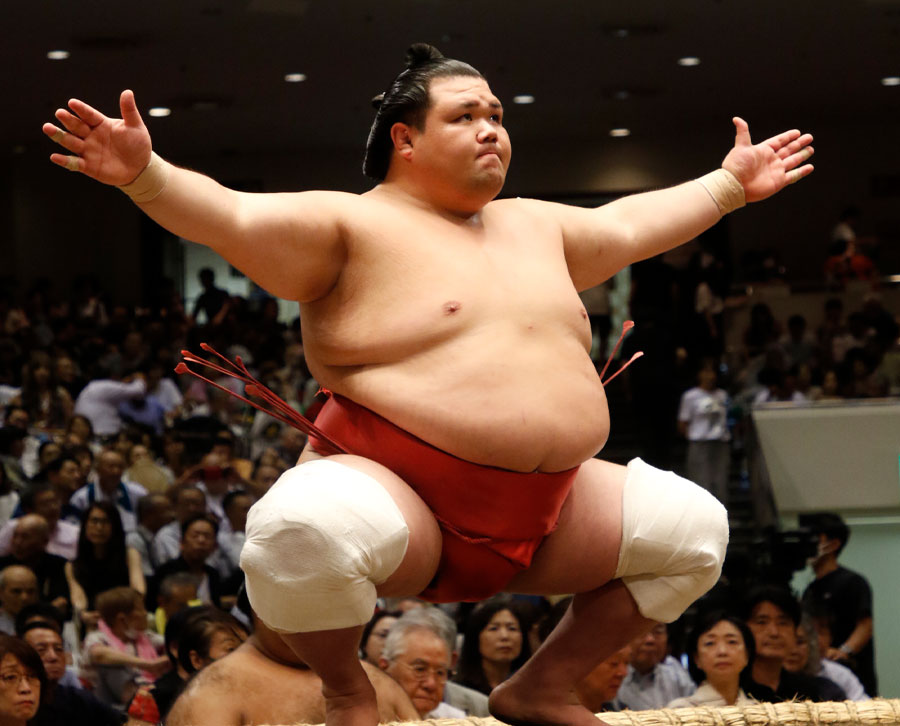GRAND SUMO TOURNAMENT 2026
OOZUMO Japan's Great National Sport
| ◆ Sumo is Japan's national sport. Its wrestlers are not just fat people. Beneath the fat are well-trained, amazing muscles. And despite their large size, they have incredible flexibility, with legs as strong as tree trunks. Their physical abilities are truly acrobatic, making sumo wrestlers the ultimate athletes, with bodies built for fighting. I hope you will come and see the clash with your own eyes! |
|---|
16,000 yen to 18,000 yen
Recommended points
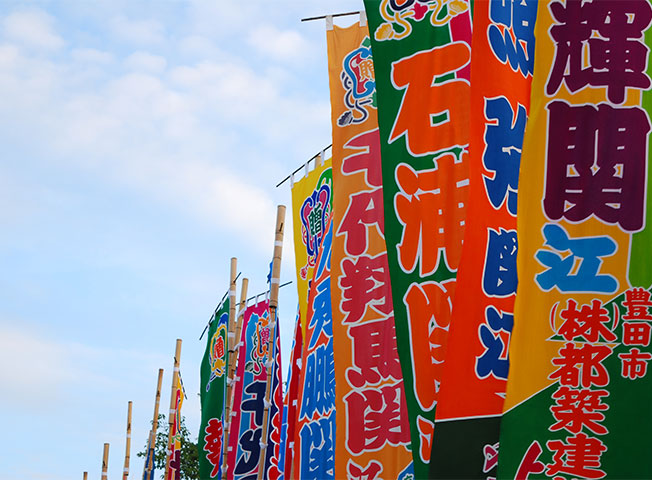
Tickets will be handed out on the day of the event
Tickets will be handed over to you at the venue on the day of the event, so you can make a reservation even if you are traveling and cannot receive them by mail!
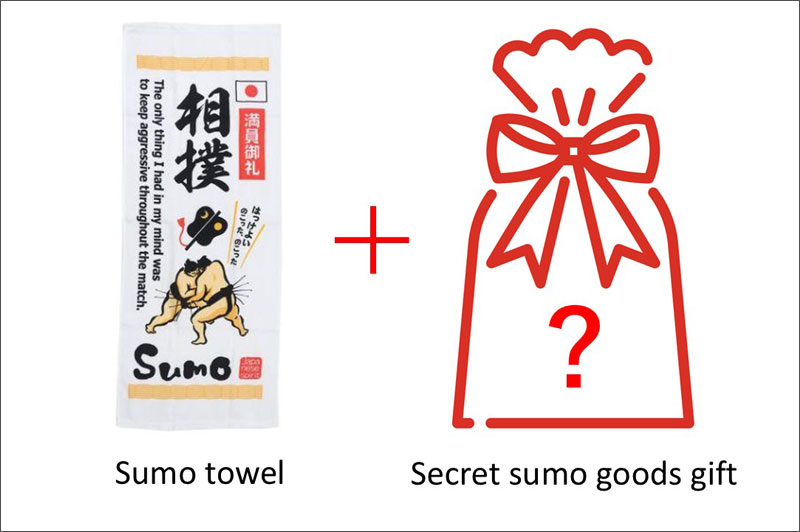
Perfect as a souvenir! Comes with fun sumo goods
We will be giving away sumo towels and secret sumo merchandise as a surprise gift on the day!
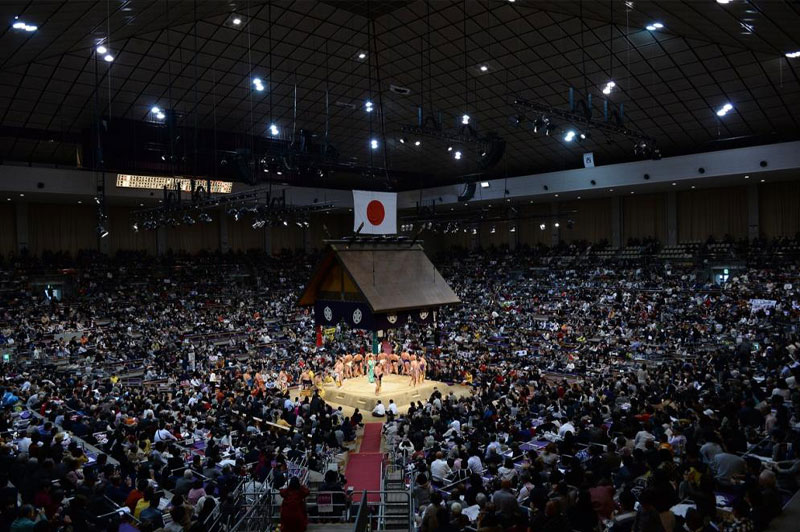
Secure your hard-to-get tickets!
We have secured a large number of tickets to the hugely popular OOZUMO wrestling event! We have the purchasing power that only a Japanese travel agency can offer.
OOZUMO Tournament - Select from the month of the event
January Tokyo OOZUMO Sumo Tournament: Final Day Watching and Final Party
[Included] Sumo tickets, food and drinks at the party, souvenirs
38,000 yen
[Mas C Seat] January Tokyo OOZUMO Tournament Ticket + Fun Sumo Merchandise
[Included] Sumo viewing ticket, sumo goods
21,000 to 23,000 yen
[Seat B] January Tokyo OOZUMO Tournament Ticket + Fun Sumo Merchandise
[Included] Sumo viewing ticket, sumo goods
18,000 yen
[Seat C] January Tokyo OOZUMO Tournament Ticket + Fun Sumo Merchandise
[Included] Sumo viewing ticket, sumo goods
16,000 yen
January Tournament Schedule
access
map
2 minutes walk from the west exit of Ryogoku Station on the JR Sobu Line
Exit the west exit of JR Sobu Line Ryogoku Station and turn right. You will see Ryogoku Station Hirokoji directly ahead. Go past Ryogoku Station Hirokoji on your left and you will see the entrance to Ryogoku-Kokugikan on your right.
5 minutes walk from Ryogoku Station on the Toei Subway Oedo Line
After leaving the A3 Exit of Ryogoku Station on the Oedo Line, head left along Kiyosumi-dori. Turn left just before Yamaoka Shoten. When you reach the T-junction where the APA Hotel is located, turn left. If you continue straight you will come out onto Kokugikan-dori Street, so turn left and you will find Ryogoku-Kokugikan.
The March OOZUMO Sumo Tournament is currently out of sale.
March Tournament Schedule
access
map
Approximately 5 minutes walk from Exit 5 of Namba Station on all subway lines
Approximately 5 minutes walk from the south exit of Nankai Namba Station
The May OOZUMO Sumo Tournament is currently out of sale.
May Tournament Schedule
access
map
2 minutes walk from the west exit of Ryogoku Station on the JR Sobu Line
Exit the west exit of JR Sobu Line Ryogoku Station and turn right. You will see Ryogoku Station Hirokoji directly ahead. Go past Ryogoku Station Hirokoji on your left and you will see the entrance to Ryogoku-Kokugikan on your right.
5 minutes walk from Ryogoku Station on the Toei Subway Oedo Line
After leaving the A3 Exit of Ryogoku Station on the Oedo Line, head left along Kiyosumi-dori. Turn left just before Yamaoka Shoten. When you reach the T-junction where the APA Hotel is located, turn left. If you continue straight you will come out onto Kokugikan-dori Street, so turn left and you will find Ryogoku-Kokugikan.
The July OOZUMO Tournament is currently out of sale.
July Tournament Schedule
access
map
About 1 minute walk from Meijo Park Station on the Nagoya Municipal Subway Meijo Line
The September OOZUMO Tournament is currently out of sale.
September Tournament Schedule
access
map
2 minutes walk from the west exit of Ryogoku Station on the JR Sobu Line
Exit the west exit of JR Sobu Line Ryogoku Station and turn right. You will see Ryogoku Station Hirokoji directly ahead. Go past Ryogoku Station Hirokoji on your left and you will see the entrance to Ryogoku-Kokugikan on your right.
5 minutes walk from Ryogoku Station on the Toei Subway Oedo Line
After leaving the A3 Exit of Ryogoku Station on the Oedo Line, head left along Kiyosumi-dori. Turn left just before Yamaoka Shoten. When you reach the T-junction where the APA Hotel is located, turn left. If you continue straight you will come out onto Kokugikan-dori Street, so turn left and you will find Ryogoku-Kokugikan.
Sales Ended
[Seat A] November Kyushu OOZUMO Tournament Ticket + Fun Sumo Goods
[Included] Sumo viewing ticket, sumo goods
11,000 yen
Sales Ended
[Seat B] November Kyushu OOZUMO Tournament Ticket + Fun Sumo Goods
[Included] Sumo viewing ticket, sumo goods
8,000 yen
Sales Ended
[Seat A] November Kyushu OOZUMO Tournament Ticket + After-Party
[Included] Sumo tickets, food and drinks at the party
30,000 yen
November Tournament Schedule
access
map
For those arriving by train
・About 12 minutes walk from the subway "Gofuku Station"
For those arriving by bus
・Hakata Station (Hakata Exit) → Hakata Station Nishi-Nippon City Bank Front F Platform (No. 99) Approx. 11 minutes → Get off in front of International Center Sun Palace, short walk
・Hakata Station (Hakata Exit) → Hakata Station Nishi-Nippon City Bank Front Platform F (No. 88 BRT) approx. 11 minutes → Get off in front of the International Conference Center Sun Palace, short walk


